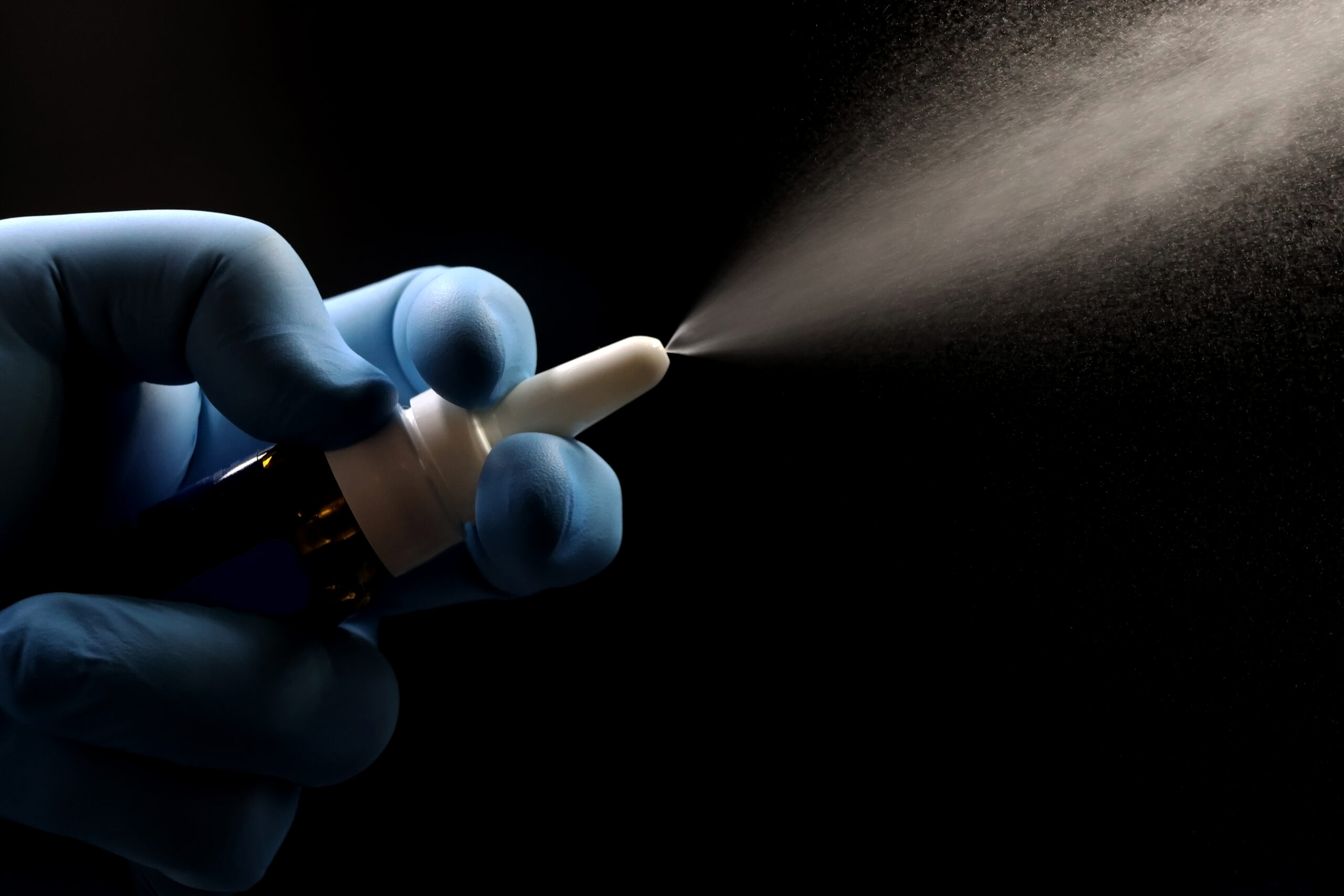Chronic migraines represent a severe neurological condition that significantly impacts millions of individuals globally. Standard treatments often fail to provide relief for some sufferers, pushing medical researchers to explore alternative solutions. One promising therapy emerging in the field of headache medicine is intranasal ketamine. This article delves into how intranasal ketamine is being used to treat refractory chronic migraines and what this means for patients struggling with this debilitating condition.
Understanding Chronic Migraines
Chronic migraines are characterized by headaches occurring on 15 or more days per month for more than three months, which, on at least eight of those days, have the features of migraines. The condition is often accompanied by nausea, vomiting, and sensitivity to light and sound. The chronic nature of these migraines severely affects the quality of life and can impair a person’s ability to perform daily tasks.
The Role of Ketamine in Pain Management
Ketamine, a medication primarily used for starting and maintaining anesthesia, has unique properties that also make it effective in pain management. It works as an N-methyl-D-aspartate (NMDA) receptor antagonist. By blocking these receptors, ketamine may help to reset nerve signals that carry pain messages to the brain. In recent years, ketamine has gained attention for its potential to treat various chronic pain syndromes, including migraines, particularly in cases where other treatments have failed.
Intranasal Ketamine for Migraines
Intranasal ketamine refers to a method of delivering ketamine through the nasal passage. This route offers a quick onset of action, ease of use, and the ability to bypass the digestive system, making it an attractive option for migraine relief. For patients with refractory chronic migraines, intranasal ketamine provides a viable alternative to intravenous infusions, which require hospital visits and are more invasive.
Research and clinical trials have shown promising results for intranasal ketamine in reducing the severity and frequency of migraine episodes. Patients report rapid relief from pain, often within hours of administration, which is a significant improvement over some traditional treatments that might not take effect as quickly.
Advantages of Intranasal Ketamine
The primary advantage of intranasal ketamine is its potential to provide rapid pain relief in acute migraine episodes. This is particularly important for patients whose migraines do not respond to typical migraine medications such as triptans or oral medications. Additionally, intranasal administration can be performed at home, providing patients with autonomy and control over their pain management.
Safety and Side Effects
While ketamine is known for its safety profile when used in controlled medical settings, its use as a treatment for migraines comes with considerations. Common side effects include dissociation, dizziness, nausea, and an increase in blood pressure. Due to its potent effects, it is crucial that intranasal ketamine be prescribed by a healthcare provider who can offer comprehensive monitoring and dosage control. The psychological effects, such as dissociation, also necessitate careful patient selection and mental health screening.
Future Directions
Ongoing research into intranasal ketamine’s effectiveness for chronic migraine management is essential to understanding how it can be integrated into broader treatment paradigms. As data accumulates, healthcare providers will better understand who may benefit most from this treatment, optimal dosing regimens, and long-term safety considerations.
Conclusion
Intranasal ketamine represents a promising development in the management of refractory chronic migraines, offering new hope to those who have not found relief through traditional therapies. With its potential for rapid pain relief and ease of use, intranasal ketamine could significantly improve the lives of patients suffering from chronic migraines. As research continues, this innovative treatment might soon become a staple in migraine management, changing the landscape of how chronic migraine is treated worldwide.
